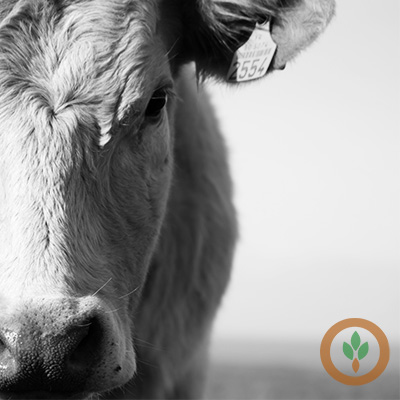Market News
Cattle futures lower, watching direct business develop

Chicago Mercantile Exchange live cattle futures were lower on the drop in feeders and commercial selling, watching direct cash business develop and waiting for the USDA’s Cattle on Feed report. February was down $.65 at $129.65 and April was $1.50 lower at $126.22.
Feeder cattle were sharply lower on long liquidation, the firm corn, and position squaring ahead of direct trade and the on feed numbers out Friday. March was $3.15 lower at $146.65 and April was down $3.35 at $149.10.
By Wednesday afternoon, direct cash business developed in most of the major feeding areas, mainly at $128 on the live basis, down $2 on the week. Lighter dressed business ranged from $203 to $207. Asking prices were $128 to $130 live and $207+ dressed, with bids at $203 to $205. Friday, analysts generally expect the USDA to report strong January marketings and a higher on feed total. The numbers are out at 3 Eastern/2 Central. This week at the Fed Cattle Exchange, 218 head were on offer, all from Kansas, and there were no sales for the second week in a row. Offers on 91 head at $126.25 were passed.
Boxed beef closed higher on moderate to fairly good demand for light offerings. Choice was up $1.45 at $217.37 and Select was $1.52 higher at $211.92. The estimated cattle slaughter of 111,000 head was down 4,000 on the week and 3,000 on the year.
At the Winter Livestock Auction in Kansas, compared to the previous week, feeder steers were firm to $2 higher, with 600 to 700 pound heifers steady to $4 higher and 750 to 800 pound heifers $2 higher. Medium and Large 1 feeder steers weighing 700 to 800 pounds sold at $146.50 to 155.25 and 800 to 900 pound steers brought $143 to $147. Medium and Large 1 feeder heifers weighing 600 to 700 pounds ranged from $143 to $154 and 700 to 800 pound heifers were reported at $137.50 to $143.50.
Lean hog futures were modestly higher on spread trade, commercial buying, and oversold signals. April was $.70 higher at $69.90 and June was up $.35 at $81.30.
Cash hogs were steady to lower. Buyers remain focused on improving their margins, watching market ready numbers and wholesale demand. Some areas may see a short term disruption in movement from winter weather, but the overall impact is expected to be limited. Early estimates for Saturday’s slaughter are around 100,000 head. The average Iowa/Southern Minnesota hog weight for the week ending February 17th was 285.1 pounds, up 0.2 on the week and 3.8 on the year.
Pork closed $.99 lower at $78.73. Bellies were up, all other primal cuts were weak to lower, including a $1.93 decline in picnics. The estimated hog slaughter of 460,000 head was down 4,000 on the week, but up 14,000 on the year.
Iowa/Southern Minnesota direct barrows and gilts closed $.55 lower at 457 to $64.25 for a weighted average of $63.84, the Western Cornbelt was down $.62 at $57 to $64.25 with an average of $63.72, and the Eastern Cornbelt was $.13 lower $63 to $64.16 for an average of $64.08. National direct business was down $.37 at $57 to $64.25 with an average of $63.92. Butcher hogs at the Midwest cash markets were mostly steady with an instance of $2 lower at $41 to $48. Missouri direct butchers were steady at $61 to $62 on light to moderate supply and demand. Sows were steady at $38 to $54. Illinois direct sows were $1 lower at $42 to $58 on moderate demand for moderate to heavy offerings. Barrows and gilts were weak at $40 to $46 on light to moderate demand for moderate offerings. Boars ranged from $10 to $28.

Add Comment